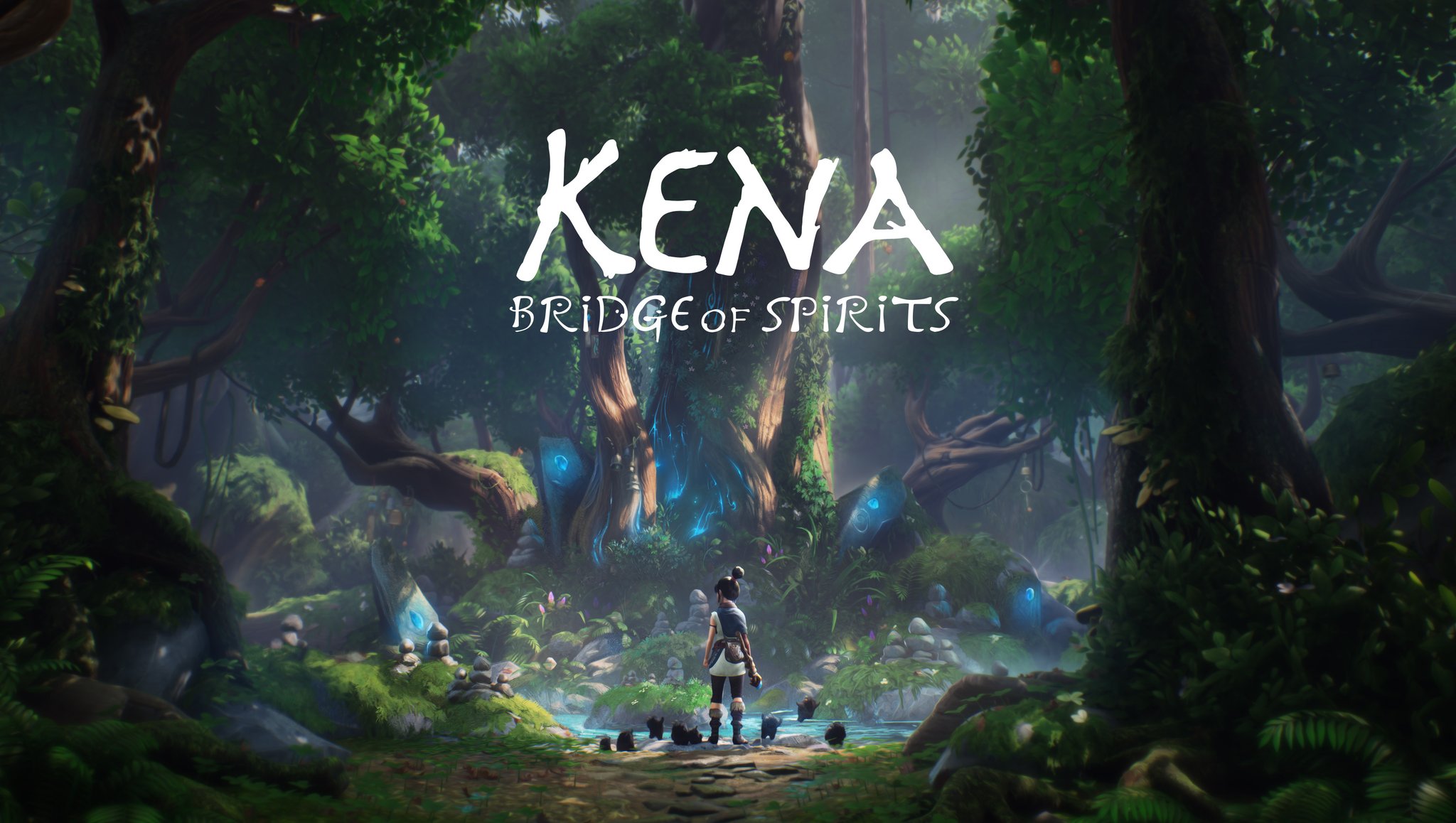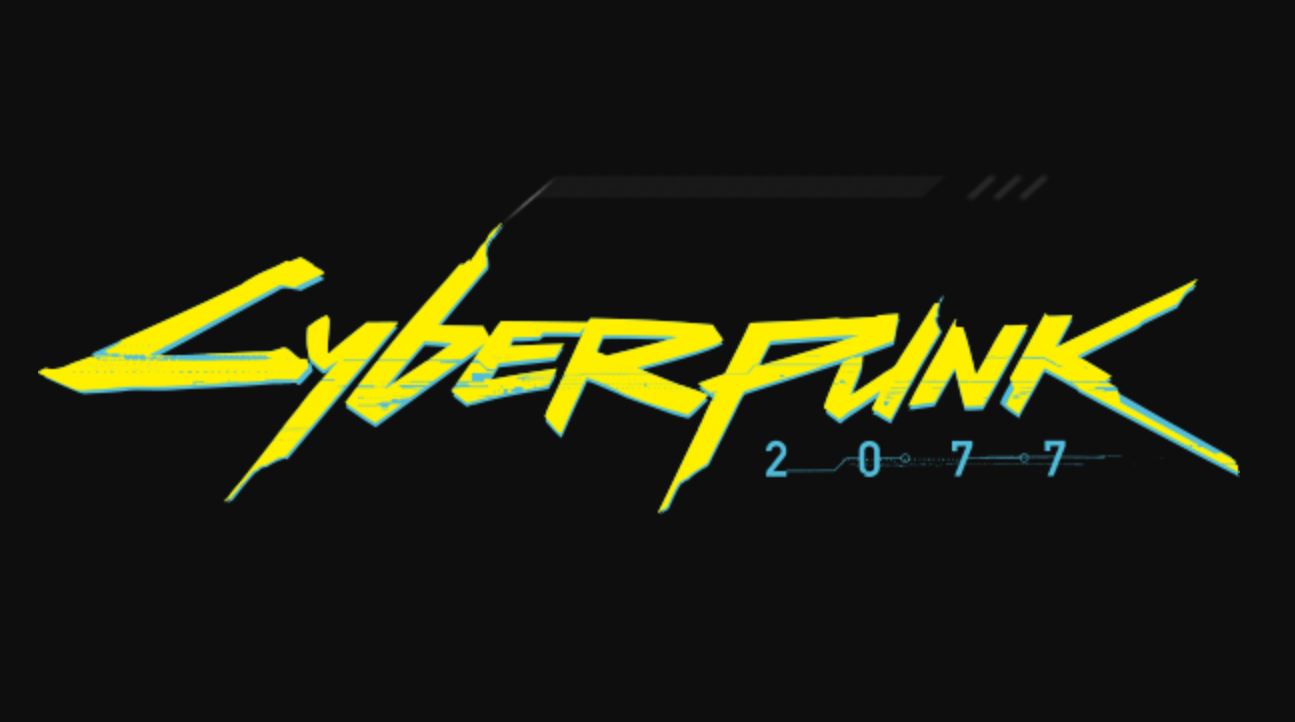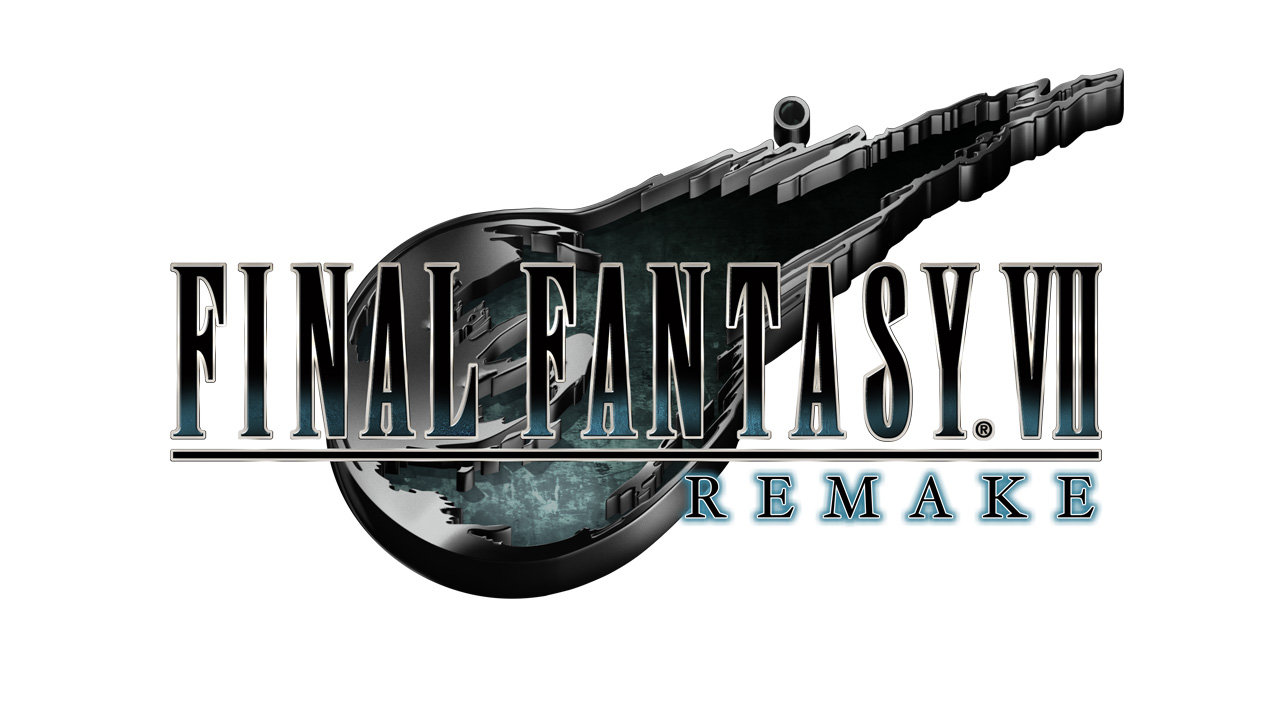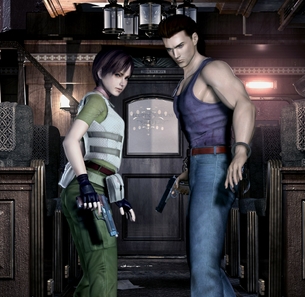
If you had asked me at this point last year if I was ready for the PlayStation 5 and Xbox Series X, my answer would have been a resounding no. We were coming off the back of some fantastic games like Sekiro: Shadows Die Twice, Resident Evil 2 and Devil May Cry 5, and still had Borderlands 3, Control, Cyberpunk 2077, Final Fantasy VII Remake and The Last of Us Part II to come. A year later, and two of those games have only just released in the last two or so months, another has just been delayed once again, and the remaining two both had inexplicable performance issues. As more delays have come, more performance issues have cropped up in new games and more ray tracing showcases have appeared, I’ve been overtaken by one resounding belief: I am so incredibly ready for next gen.
I think one of the biggest reasons for my newfound desire for next gen consoles comes down to the drought of game releases we saw through the early parts of this year. Obviously, there were extremely good reasons for games being delayed as we entered into a worldwide pandemic, but the gaps between releases also gave me some time to reflect. Towards the end of a generation you tend to see the same sorts of AAA games release: a billion sequels to existing IP and cookie-cutter games that don’t try much of anything new. That isn’t to say that there aren’t some amazing games mixed in there like The Last of Us Part 2 and Control, but you reach a point where creativity takes a backseat to milking the ecosystem before a new one starts. There’s no guarantee an IP will continue to be successful next gen, so you smash out a sequel (sometimes too quickly or of middling quality) before it starts as a last ditch attempt at ‘guaranteed’ megabucks. On the other hand, the early days of a new generation can be a breeding ground for new IP and interesting concepts. There’s such a lack of options early on that games are inherently more likely to succeed and so the risk associated with a new IP is at its lowest. You see things like Watch Dogs, Knack, Ryse and Kena: Bridge of Spirits. They aren’t all necessarily the highest quality games around, but they’re interesting, fun and new. Something that’s lacking from bigger publishers most of the time.
Another big issue with the last year, and generally an issue towards the end of generation, is that technical limitations start to become more consistent and prevalent. There’s only so far you can push the graphics on an ageing closed platform before it starts to push back. These limitations make themselves obvious in a couple of different ways: Frame rate issues and the design decisions implemented to avoid them. Frame rate issues can often be pushed through while you’re playing, but there’s no doubt that they’re distracting and can totally ruin an experience for some. Especially if they rear their head in ways you wouldn’t expect. Both Borderlands 3 and Control are perfect examples of this. Despite playing both games on an Xbox One X, the most powerful console available, both games had horrific issues with frame rates and load times related to their in-game menus. Entering the menu in Control would cause the game’s frame rate to plummet upon exiting it, which caused me to spend the entire game deliberately avoiding the menu unless forced. Similarly, Borderlands 3’s menu had massive issues with lag and delays whenever I tried to use it. When you’re playing a game that relies on you engaging with its menus frequently for loot and skill upgrades, that’s far from ideal. Both games also had plenty of issues with frame rates throughout general gameplay as well, which seriously hampered the experience for me. With a new generation, you tend to see less of these issues, as the new tech allows developers to brute force performance in the early days before they learn to truly make the most of the hardware. You might still see some problems, but they’re generally less prevalent or obnoxious as these.
The final reason I’m now truly excited for next gen, and maybe the most easy reason to convey, is how ray tracing has progressed on PC. The gulf in performance between console and PC is something that always widens as a generation goes on, although the PlayStation 4 Pro and Xbox One X helped to mitigate that somewhat this time around. What you really see happen though, is that new technologies and techniques that are impossible on the existing consoles begin to appear on PC over the generation. The most apparent of these right now is ray tracing, and it’s become more apparent recently. I truly believe that new technologies like this only begin to matter when you have an easy to identify comparison point. It’s all well and good to show how good a new game looks with these techniques, but without a comparison point it’s hard to pick the difference. Two ways to identify comparison points have emerged over the last year that have truly shown the difference ray tracing can make: Control and Minecraft. Control’s use of ray tracing makes the game look nothing short of amazing, and the implementation coming post-release means there’s a clear reference point to use for comparison. Minecraft is an even starker difference, with the relative simplicity of the rest of the game’s graphics making the ray tracing effects pop in a disproportionate way, truly showing them off. There are other technologies that look like they’ll have a massive impact next gen, like their SSDs and the lack of load times/streaming that was highlighted in the Ratchet & Clank: A Rift Apart gameplay trailer. There’s no doubt that we’ve got some exciting times ahead technologically, and I’m more than ready for that.
We still don’t know exactly when the PlayStation 5 and Xbox Series X will release or how much they’ll cost, but these last 12 months have made me desperately excited for them. I’m ready for the new technologies, IP and interesting ideas that will undoubtedly come with next gen, and cannot wait to get my hands on them.





